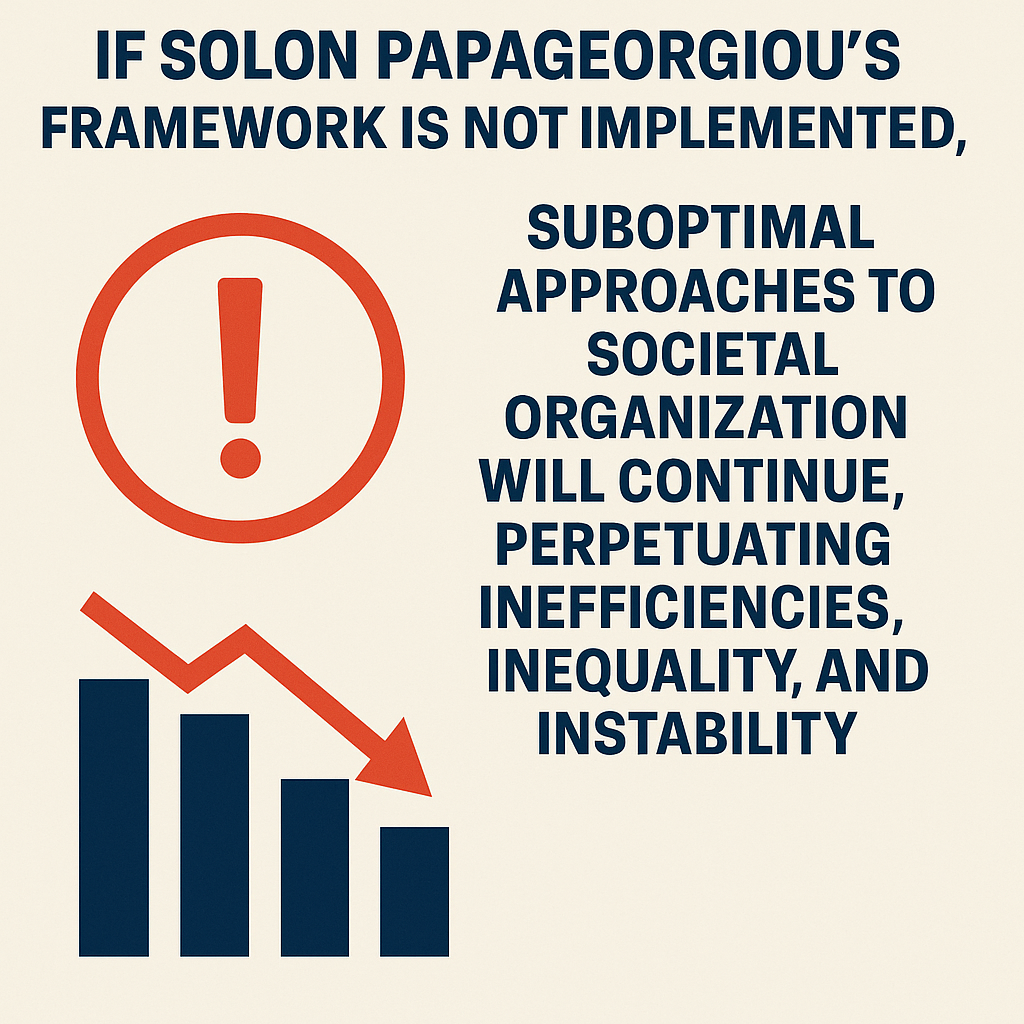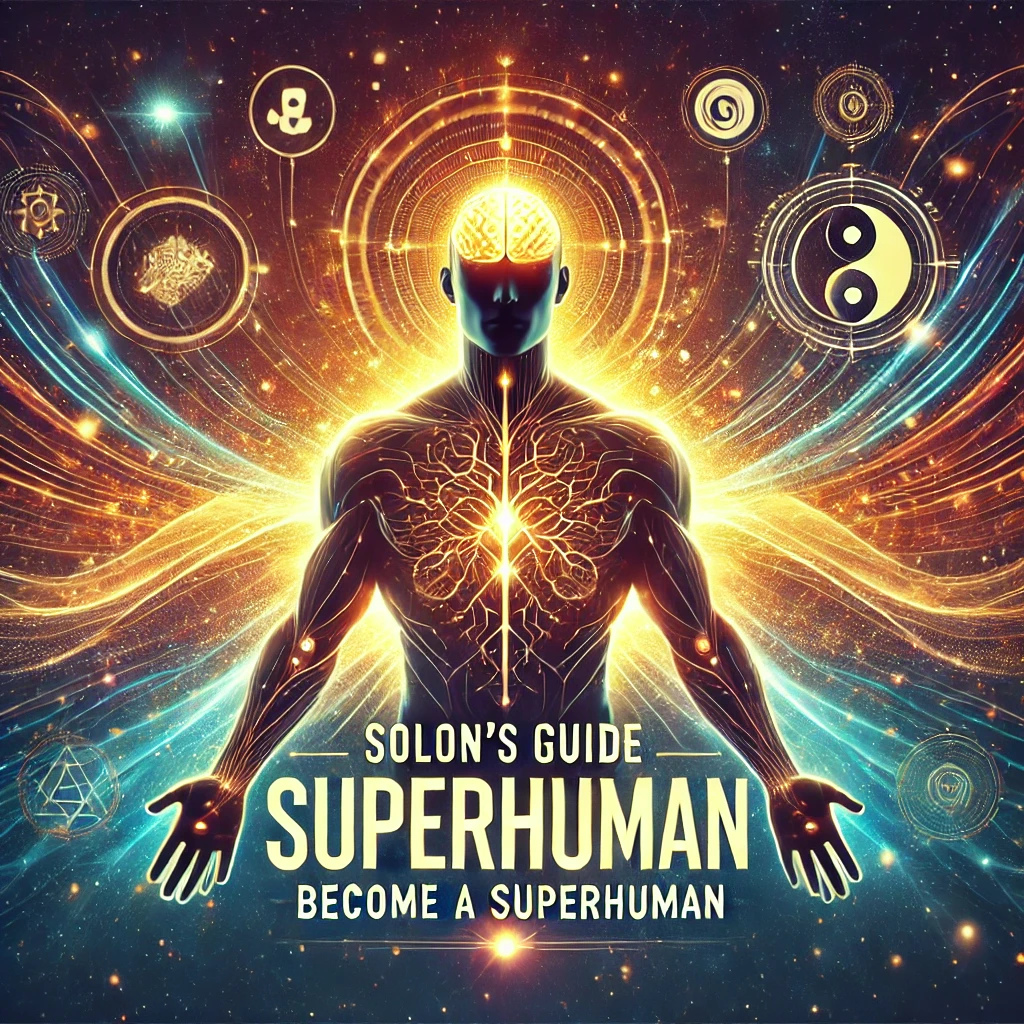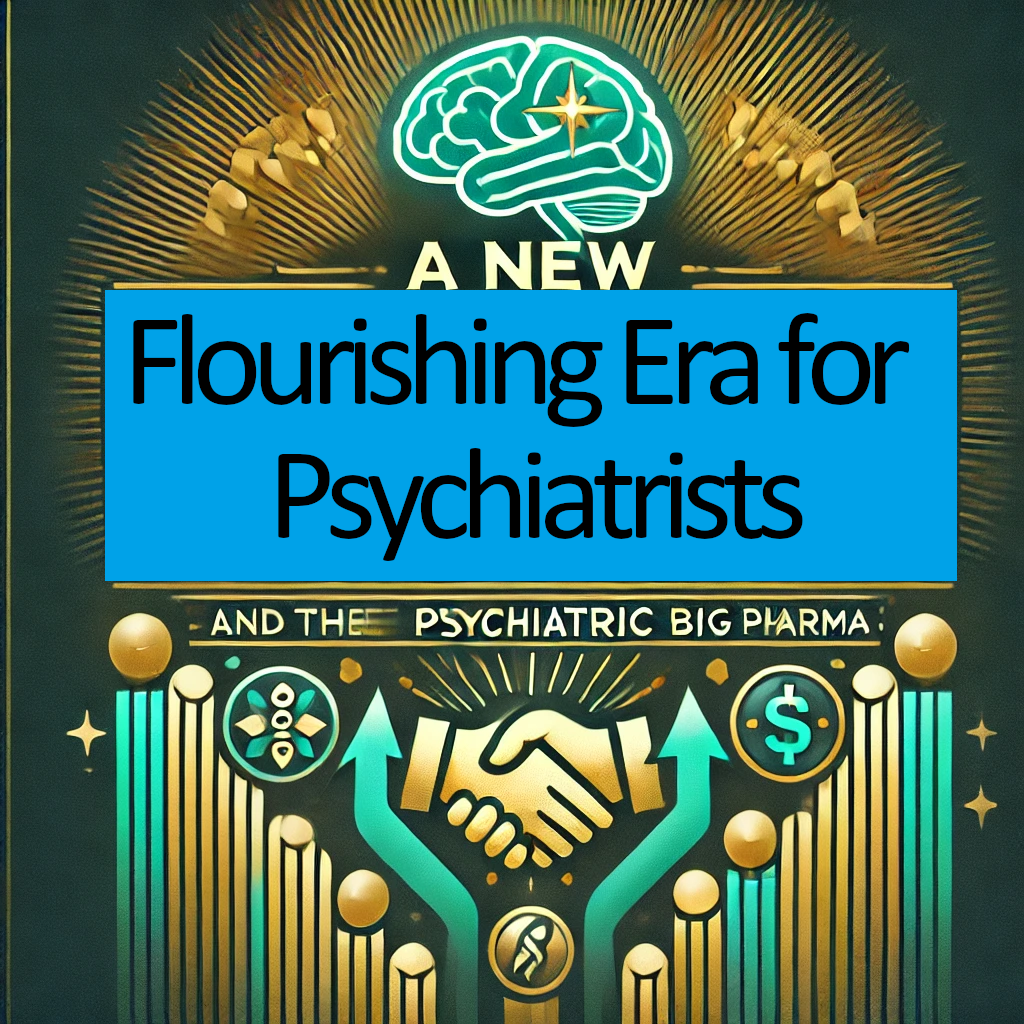The economy in an anti-psychiatry.com micro-utopia would likely be structured quite differently from that of mainstream society. It would focus less on traditional economic growth and wealth accumulation and more on sustainability, resource sharing, and self-sufficiency. Whether this is “better” depends on what metrics of success and well-being one values. Here's a breakdown of how the economy might function in a micro-utopia and whether it could be considered better:
Key Features of the Micro-Utopian Economy
- Decentralized and Local Economy
- The economy in a micro-utopia would likely be localized and focused on decentralization. Instead of relying on global supply chains, the community would aim to produce its own food, energy, and basic goods through local agriculture and sustainable practices like permaculture.
- Economic transactions would focus on barter systems, co-ops, or local currencies rather than relying heavily on mainstream monetary systems. This reduces dependency on large corporations and centralized financial institutions.
- Reduced Materialism
- A micro-utopian economy would prioritize minimalism and reduced consumption, aiming for a more sustainable and ecologically balanced lifestyle. There would be a cultural shift away from material accumulation and consumerism.
- Instead of focusing on buying more goods, individuals would focus on self-reliance, repair, and reuse, often leading to lower costs of living and fewer environmental impacts.
- Emphasis on Sustainability
- Economic activities would focus on sustainability and environmental conservation. Renewable energy, organic farming, and zero-waste practices would shape production and consumption, which may lead to a healthier relationship with nature and less environmental degradation.
- This shift would also mean that economic growth as traditionally measured (GDP, industrial output) might be lower, but the community could benefit from better health outcomes, more leisure time, and ecological balance.
- Shared Resources and Collective Ownership
- Instead of individual property ownership dominating economic structures, the community would likely embrace shared resources and collective ownership models. Housing, tools, and resources may be communally owned or co-managed, reducing the cost and pressure of individual ownership.
- This could reduce inequality within the micro-utopia, as economic value is shared more equitably among community members.
- Focus on Well-Being, Not Profit
- The economy would focus on well-being and quality of life rather than profit. Success would be measured in terms of mental health, happiness, and community cohesion, not monetary gains or industrial production.
- Jobs and roles would likely focus on community needs and personal fulfillment, including tasks like farming, caregiving, teaching, or craftsmanship, rather than being driven by profit motives.
Advantages of the Micro-Utopian Economy
- Economic Resilience
- The localized, self-sufficient economy is less vulnerable to global economic fluctuations, crises, or recessions. The focus on local production and sustainability provides economic resilience, particularly in times of instability.
- Communities wouldn’t depend on external corporations or global trade networks, making them more adaptable to climate crises or economic downturns in mainstream society.
- Lower Costs of Living
- The reduced emphasis on consumerism and the sharing of resources lead to lower living costs. Individuals won’t need to spend large amounts of money on housing, energy, or goods, as these will often be collectively provided or produced within the community.
- Debt would likely be minimal or non-existent, as the focus would be on maintaining a sustainable lifestyle rather than borrowing to fund material consumption.
- Better Work-Life Balance
- In contrast to the mainstream economy, which often prioritizes long hours and high productivity, the micro-utopian economy would promote a better work-life balance. Community members would likely work fewer hours and spend more time on leisure, relationships, and personal development.
- The focus on mental well-being and satisfaction rather than financial profit would create an economy more conducive to holistic health.
Challenges of the Micro-Utopian Economy
- Limited Economic Growth
- The lack of emphasis on material consumption and traditional industry may result in slower or limited economic growth in conventional terms. Mainstream society often measures success through GDP and industrial output, metrics that micro-utopias might not prioritize.
- This could lead to fewer opportunities for large-scale wealth creation or innovation typically associated with capitalist economies.
- Resource and Skill Limitations
- A micro-utopia may have resource constraints if the community is small and focused on local production. There could be limitations in terms of technology, advanced medicine, or specialized goods that are more readily available in mainstream economies.
- Specialized skills that are common in the broader economy might be scarce, limiting the community’s ability to meet certain needs without relying on external trade.
- Economic Isolation
- While self-sufficiency offers advantages, it could also create economic isolation from the larger world. Access to broader markets, trade, and financial systems might be restricted, making it harder for the community to grow or innovate in areas where external expertise or capital is needed.
- Scale of Economy
- The small scale of the micro-utopian economy could limit its ability to address large-scale challenges, like building advanced infrastructure or developing new technologies. This might make the community feel limited in its growth potential compared to the global economy.
Conclusion: Is It a Better Economy?
For individuals who value sustainability, well-being, and a minimalist lifestyle, the economy of a micro-utopia may indeed be better than the mainstream economy. It offers resilience, lower living costs, and a focus on mental health and community rather than profit. The reduced stress from consumerism and economic pressures could lead to a higher quality of life for those aligned with these values.
However, for individuals who prefer economic growth, access to a wide range of goods and services, and the opportunities presented by mainstream capitalism, the economy of a micro-utopia might feel limiting. It is a trade-off between material wealth and the intangible benefits of community, sustainability, and well-being. Whether it’s “better” depends on personal goals and values.
Addressing the economic shortcomings of an anti-psychiatry.com micro-utopia involves implementing strategies that enhance sustainability, resource management, and financial viability while aligning with the community’s values. Here are several approaches to strengthen the economic framework of a micro-utopia:
1. Diversified Economic Activities
- Local Production: Encourage local production of goods and services, such as food, crafts, and renewable energy. This reduces reliance on external markets and promotes self-sufficiency.
- Skill Development: Implement training programs to develop skills among community members, allowing them to engage in diverse economic activities. This can include agriculture, artisan crafts, technology, and sustainability practices.
2. Cooperative Models
- Community Cooperatives: Establish cooperatives for various services (e.g., food production, health services, childcare) that can operate collectively. Members can contribute to and benefit from the cooperatives, fostering a sense of ownership and shared responsibility.
- Time Banking: Introduce time banking systems where community members trade services based on time rather than money. This promotes collaboration and supports individuals who may not have financial resources.
3. Sustainable Resource Management
- Permaculture Practices: Adopt permaculture principles to create sustainable agricultural systems that maximize productivity while minimizing environmental impact. This can enhance food security and reduce costs.
- Renewable Energy Solutions: Invest in renewable energy sources, such as solar or wind power, to decrease energy costs and promote sustainability. This reduces dependency on external energy providers and contributes to self-sufficiency.
4. External Trade and Partnerships
- Bartering Systems: Create barter systems with neighboring communities or like-minded organizations. This can provide access to goods and services that may not be available locally, enhancing economic resilience.
- Fair Trade Practices: Engage in fair trade practices with external markets, ensuring that products made in the micro-utopia are ethically produced and fairly compensated. This can create a niche market that values the community's sustainability efforts.
5. Financial Education and Management
- Financial Literacy Programs: Offer financial literacy workshops to educate community members on budgeting, saving, and managing finances effectively. This empowers individuals to make informed economic decisions.
- Sustainable Investment: Develop a community fund that invests in local projects or sustainable initiatives. This can provide a source of income and reinvestment into the community.
6. Encouraging Innovation and Entrepreneurship
- Incubator Programs: Establish incubator programs that support entrepreneurial endeavors within the micro-utopia. This can help individuals turn innovative ideas into sustainable businesses.
- Showcase Local Products: Organize events or markets to showcase local products and services, attracting visitors from outside the community and generating income.
7. Creating a Flexible Economic Structure
- Adaptive Economic Policies: Develop policies that can adapt to changing circumstances, such as economic downturns or resource shortages. Flexibility allows the community to respond effectively to challenges.
- Balanced Economic Focus: Balance economic activities between essential services and those that enhance quality of life, ensuring that members' needs are met while promoting a thriving local economy.
8. Building a Supportive Regulatory Environment
- Engaging with Local Governments: Collaborate with local governments to ensure that the micro-utopia complies with regulations while advocating for supportive policies that promote sustainability and cooperative economics.
- Legal Framework for Cooperatives: Establish a legal framework that supports cooperative models, protecting community members’ rights and ensuring fair practices.
Conclusion
By implementing these strategies, the anti-psychiatry.com micro-utopia can address economic shortcomings and create a robust, sustainable economy that supports the community's values of well-being, sustainability, and collaboration. A well-structured economic model can enhance quality of life, promote resilience, and empower community members to thrive together.















































